Contemporary sartorial authorities typically refer to just two options for formal silk: satin or ribbed (aka grosgrain). So when I recently came across a historical reference to a third option – “dull silk” – it was an eye-opener in a couple of ways.
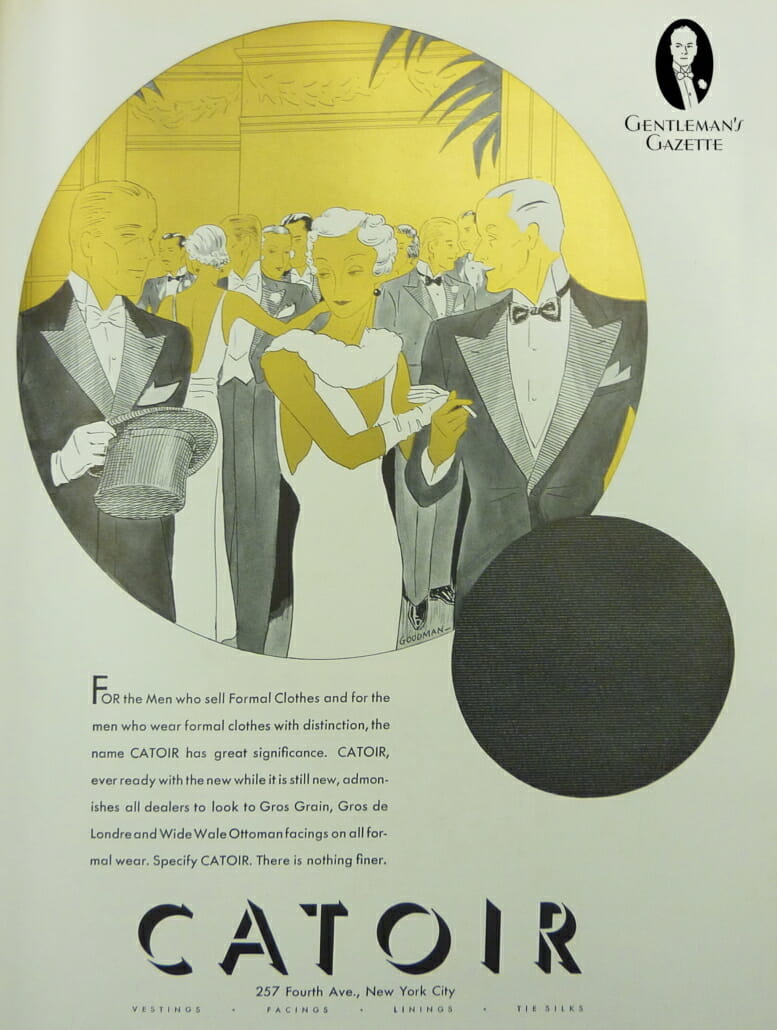
Silk Satin
Firstly, it explained the dichotomy of Victorian and Edwardian sources referring to facings as being “silk or satin” as if the two were somehow mutually exclusive. In actual fact, satin is a finish that can be produced by numerous materials, including silk. Although some modern sources define satin solely as a synthetic version of silk, that is not only incorrect (likely stemming from the fact that most satin textiles these days are indeed cheaper synthetics, ) but it obviously couldn’t apply to facings made prior to the 1940s as polyester had not yet been invented. This had me scratching my head for many years until I came across the aforesaid reference in a 1936 fashion magazine:
Lapels of single-breasted dinner jackets are usually faced with dull silk, grosgrain or barathea. With the more informal double-breasted dinner jacket, many men have the shawl collar faced with satin.
Dull Silk – A Forgotten Tuxedo Lapel Material
The passage suggested to me that early authorities used the term ‘silk’ as shorthand for ‘dull silk’. I searched my archives for similar references and found this caption in a 1940 issue of Esquire: “the new satin shawl collar and more conventional dull silk peak lapel”. The classification of dull silk as “conventional” certainly re-enforces my theory that ‘dull’ was implied in early references to ‘silk’ facings. The second revelation was that ‘satin’ is a fairly fluid term today, kind of like “midnight blue”. The facings on my various tuxedos might or might not qualify as satin (see the very technical description here) but they are a far cry from the high-gloss appearance I associate with that term. I would more accurately describe them as being dull silk because even though it has no fixed definition the term much more accurately captures their low-lustre finish.
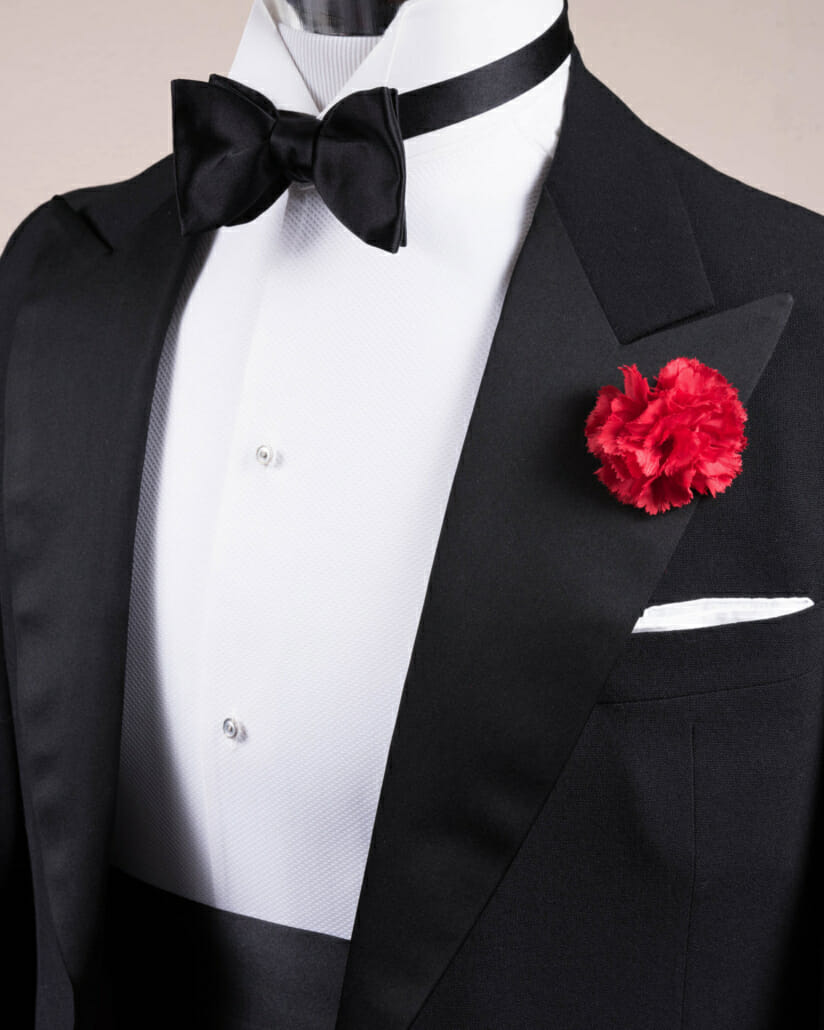
It’s good to know that grosgrain isn’t the only option for understated trim considering how rare it is. Certainly, if I were to find myself in the market for another tuxedo, I would pay much more attention to the sheen quotient of the facings to make sure I stay far away from the glossy look of rental wear.

Plastic perhaps “dulled” “flat” or “matte” is a better term as it doesn’t suggest ‘boring’ rougher finish also makes for easier tying bow tie.
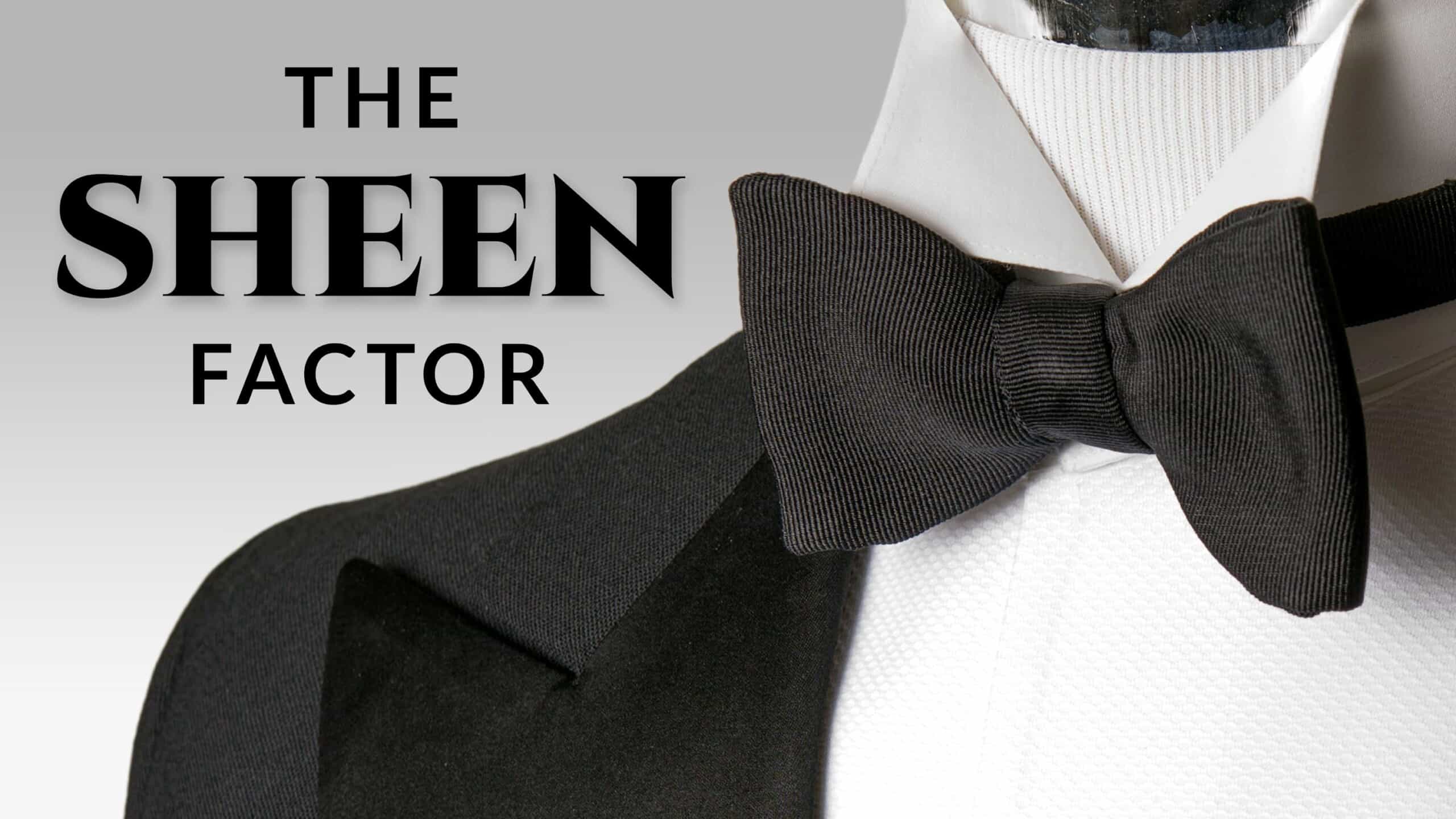

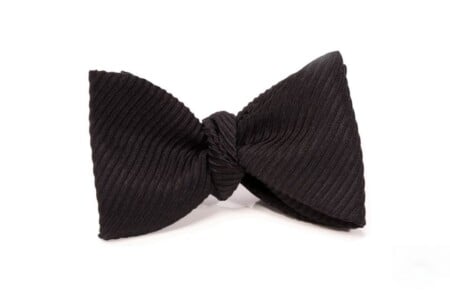
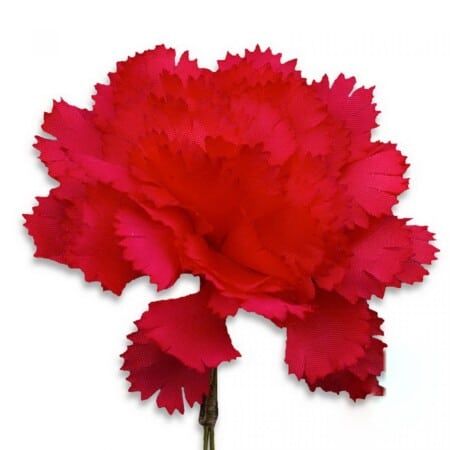
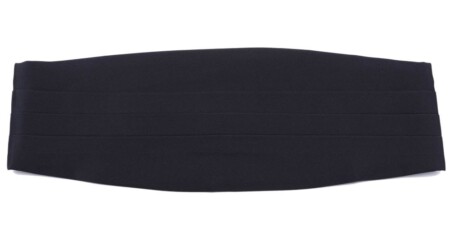
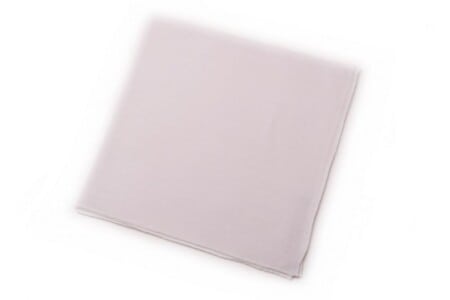
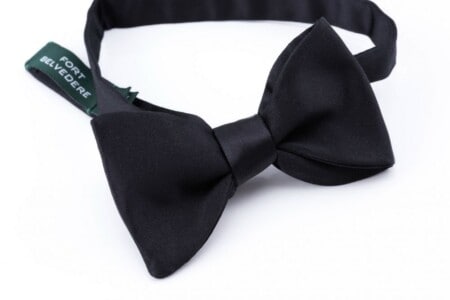
Wow, big changes to the guide since my last visit. Looking forward to checking out the updates, I’ve seen great stuff on Gentleman’s Gazette. Peter, good to see you posting again after such a long time.